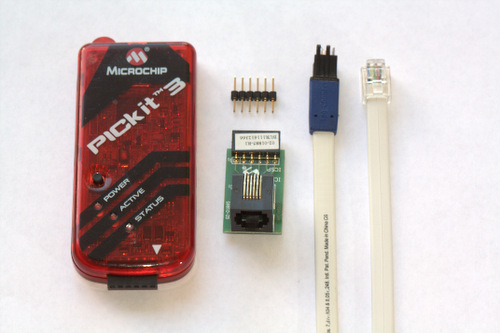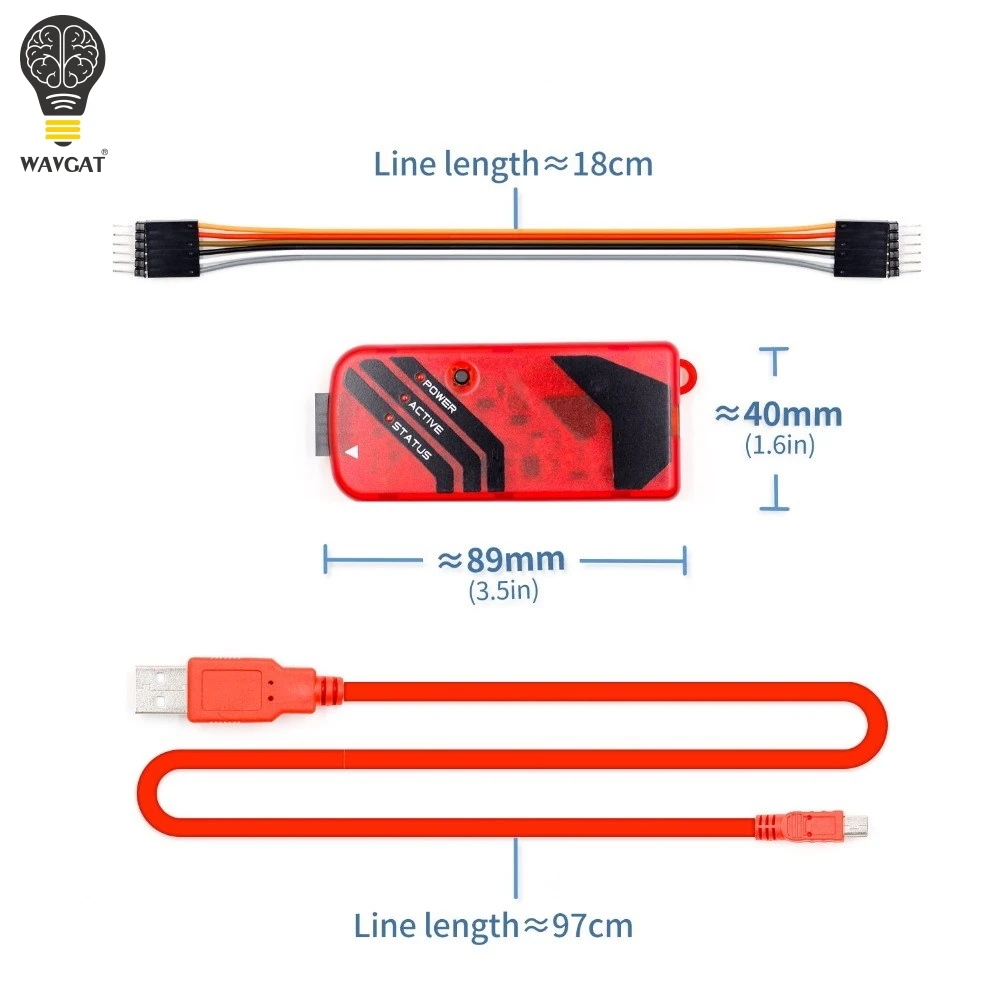
450+ cool project files that showcase the breadth and depth of capabilities of the micro-controllers.An IDE to make programming as easy as possible including Help and IDE Helpers.

AVR microcontrollers Classic AVR, Tiny AVR and Mega AVR devices. The LF devices are now automatically supported (no need for LF specific chip files).
Improved support for 900+ Microchip and Atmel 8-bit microcontrollers. Performance improvements to further improve productivity.  Ethernet support for ENC28J60 adapter with a full TCPIP stack. Improved performance to increase productivity and to reduce compilation time. New GCB utility to load hex file into Microchip Xpress board. Support for the Xpress Evaluation board including a host of demonstrations for the Xpress Evaluation board. The latest release, June 26th 2016 has the following: The Great COW BASIC IDE, and the Great Cow Graphical BASIC is a fast and easy method to achieve PIC and AVR based projects. I just wanted to make sure that you, and your readers, are aware of another capable IDE available today. Microchip have been most helpful in supporting the project in terms of micro-controllers, boards and IP. etc.Īs an Open Source project the users get the help of the community and of industry too. Great Cow BASIC support Microchip and AVR 8-bit micro-controllers, has an excellent IDE, supports PK2, PK3, AvrDude, Bootloaders (the list goes on and on), extensive Help, extensive demonstration code etc. May I ask you, and your readers, to take look at Great Cow BASIC please? See Download PICkit 3 Starter Kit User’s Guide () Purchase the PICkit 3 Programmer + USB Cable ()ģ. Purchase the PICkit 3 Low Pin Count Demo Board ()Ģ. To follow along with the articles, I recommend getting your hands on the following:ġ. You can buy the latest edition in PDF format online at or you can buy it off from the shelf in your nearest newsagents.
Ethernet support for ENC28J60 adapter with a full TCPIP stack. Improved performance to increase productivity and to reduce compilation time. New GCB utility to load hex file into Microchip Xpress board. Support for the Xpress Evaluation board including a host of demonstrations for the Xpress Evaluation board. The latest release, June 26th 2016 has the following: The Great COW BASIC IDE, and the Great Cow Graphical BASIC is a fast and easy method to achieve PIC and AVR based projects. I just wanted to make sure that you, and your readers, are aware of another capable IDE available today. Microchip have been most helpful in supporting the project in terms of micro-controllers, boards and IP. etc.Īs an Open Source project the users get the help of the community and of industry too. Great Cow BASIC support Microchip and AVR 8-bit micro-controllers, has an excellent IDE, supports PK2, PK3, AvrDude, Bootloaders (the list goes on and on), extensive Help, extensive demonstration code etc. May I ask you, and your readers, to take look at Great Cow BASIC please? See Download PICkit 3 Starter Kit User’s Guide () Purchase the PICkit 3 Programmer + USB Cable ()ģ. Purchase the PICkit 3 Low Pin Count Demo Board ()Ģ. To follow along with the articles, I recommend getting your hands on the following:ġ. You can buy the latest edition in PDF format online at or you can buy it off from the shelf in your nearest newsagents. 
If you've always to give PICs a try, but didn't know where to start, then I recommend checking out last months article in Everyday Practical Electronics. This is the tool for designing any PIC project.

This integrated development environment allows us an easy allow in one package that allows us to write and compile our code, manage our projects and libraries, as well as program and debug our PIC microcontrollers from a single visual platform. This month I take a look at Microchip's MPLAB X IDE. I hope to build a strong foundation of understanding for microcontroller programming and project design. Over the coming months, I'll be covering everything from the difference between microcontrollers and microprocessors to Microchip's MPLAB X IDE, the PIC Low Pin Count Demo Board and the incredibly useful PICkit3 programmer tool. This month, is part 2 of an ongoing series going back to basics for PIC Microcontrollers and the PICkit3.








 0 kommentar(er)
0 kommentar(er)
